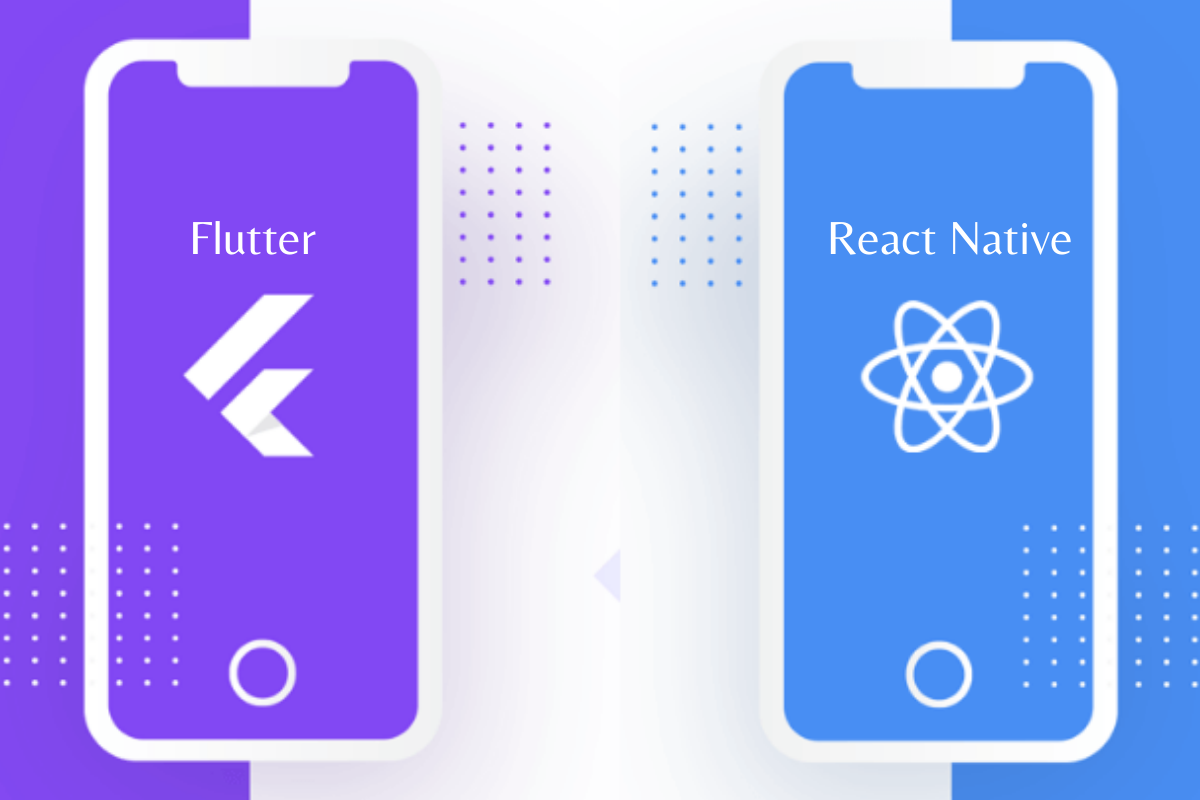
Comparing Flutter and React Native for mobile app development involves considering various factors including performance, developer experience, ecosystem, and community support. Let's break down the comparison:
Performance:
-
Flutter: Flutter apps are compiled to native code, providing near-native performance and smooth animations. Flutter's architecture and rendering engine enable high performance on both iOS and Android.
-
React Native: React Native apps use a bridge to communicate with native components, which can introduce performance overhead. While React Native performance has improved over time, it may not match Flutter's performance out of the box.
Developer Experience:
-
Flutter: Flutter offers a fast development experience with features like hot reload, which allows developers to see changes instantly without losing the app's state. Flutter's declarative UI framework and widget-based architecture make it easy to build complex UIs.
-
React Native: React Native also provides a fast development experience with hot reload-like functionality. It uses JSX syntax, which many developers find intuitive. However, React Native's reliance on third-party libraries for certain functionalities may introduce complexities in some cases.
Ecosystem and Community:
-
Flutter: Flutter's ecosystem is growing rapidly, with a rich set of packages and plugins available on pub.dev. Google provides comprehensive documentation and resources, and the Flutter community is active and supportive.
-
React Native: React Native has a mature ecosystem with a wide range of third-party libraries and plugins available through npm. Facebook provides documentation and resources, and the React Native community is large and established.
Platform Support:
-
Flutter: Flutter supports multiple platforms including iOS, Android, web, and desktop (Windows, macOS, Linux). This allows developers to build apps for a variety of platforms from a single codebase.
-
React Native: React Native primarily targets iOS and Android, although there are community-driven efforts to support other platforms like Windows and macOS.
Learning Curve:
-
Flutter: Flutter uses the Dart programming language, which may have a learning curve for developers unfamiliar with it. However, Flutter's widget-based approach to UI development can be intuitive for developers coming from other UI frameworks.
-
React Native: React Native uses JavaScript, which is widely known among web developers. Developers with experience in React.js may find it easier to transition to React Native.
Conclusion:
Both Flutter and React Native are powerful frameworks for building cross-platform mobile apps. The choice between them depends on factors such as performance requirements, developer preferences, and project-specific needs. Flutter offers near-native performance, a fast development experience, and support for multiple platforms, while React Native has a mature ecosystem, a large community, and familiarity for web developers. Ultimately, developers should evaluate their specific requirements and preferences to choose the framework that best suits their needs.
